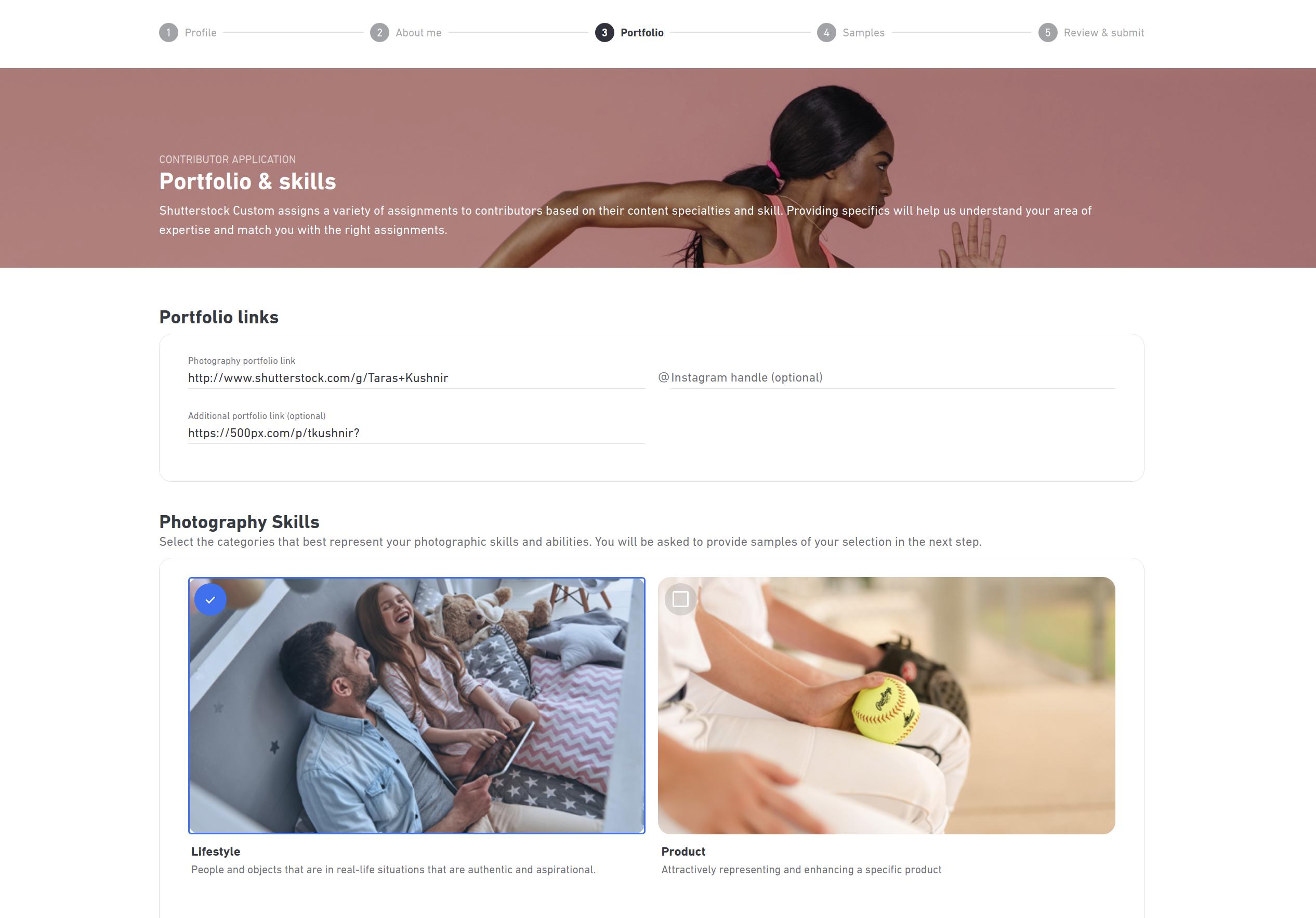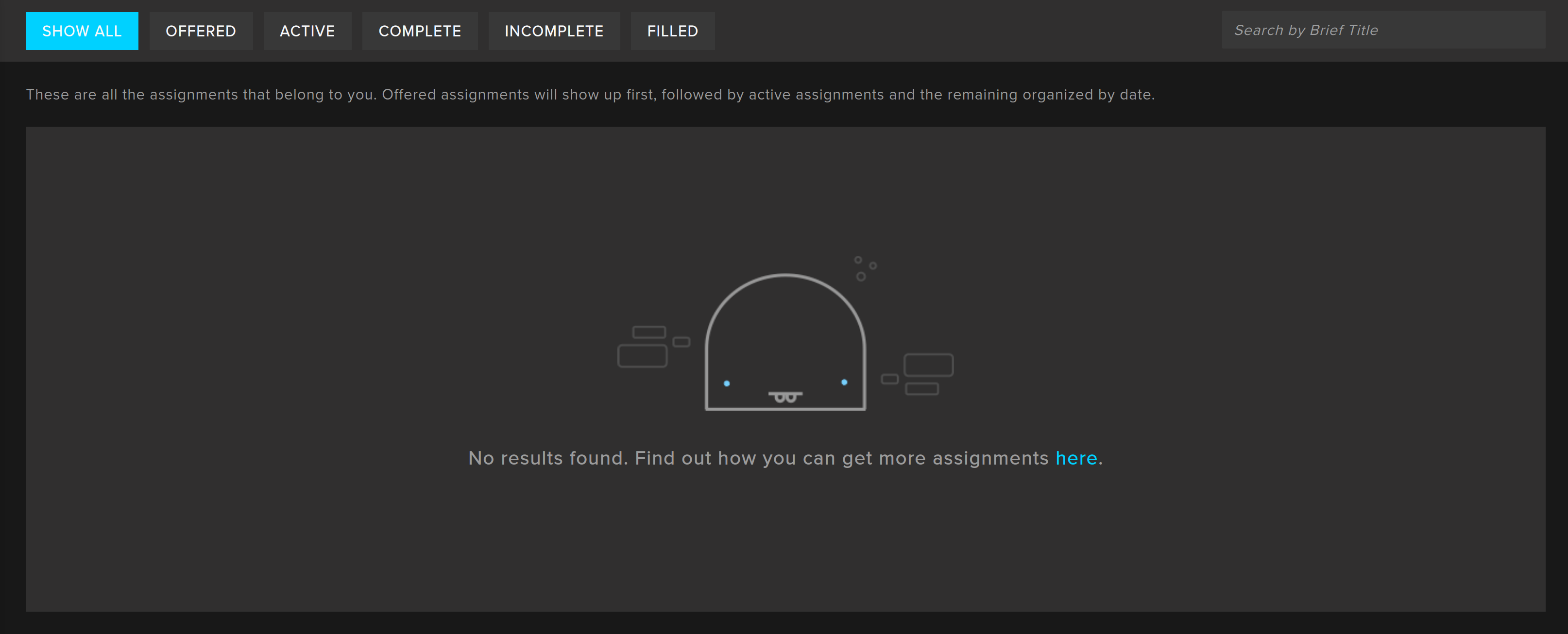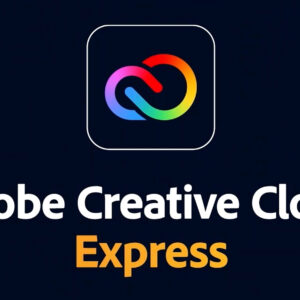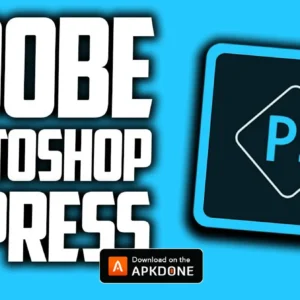Shutterstock Custom
Fresh, high-quality content for every
freelancer
Creating visual content is a complex and time-consuming task. But, great content is at the core of your brand, so it’s important you get it right! It brings your stories to life in ways nothing else can. The traditional ways of creating content are slow and cumbersome, and they’re not scalable: vetting, negotiating, securing rights, processing payments, ensuring quality – the list goes on… So how do you make it easy to create great content for your brand? How do you scale content creation? Unlike any other solution, FlashStock creates customized content, with real people using your products, in over 200 markets around the world.
Shutterstock Custom is a fast-growing new division of Shutterstock that’s transforming the way brands create custom visual content. We are on a mission to help brands easily create content that’s authentic, cost-effective, and scalable. Using our solution, brands connect with creative talent all over the world to create content that drives engagement and helps tell their brand stories. Developing such an innovative product means that we are growing very quickly and constantly looking for people to join our team and make an impact on our business. If you are looking for an opportunity to expand your skills and build an exciting career at a growing business, we want to hear from you!
What is Shutterstock Custom
Shutterstock, Inc., today announced that its Flashstock business launches as Shutterstock Custom. Shutterstock is now able to offer its 1.7 million customers an efficient and innovative platform to create branded content.
Shutterstock Custom is a rebranded Flashstock – a company that Shutterstock Inc. acquired in 2017 for about $50 million. It tries to solve the problem of creating unique content for companies in the era when everybody have access to microstocks and similar, if not the same, content is used everywhere. Flashstock platform directly matches creators with customers or brands for doing assignments, ordered by the latter. Having access to literally millions of creators worldwide allows brands to significantly speedup branded content creation and save money. On top of unique content, Shutterstock also adds their image editor which allows “ad-hoc” editing by applying filters and doing basic operations with pictures, like cropping.
In a way, it is similar to a freelancing service, like Upwork or Fiverr, but taking into account creative content creation specifics and with additional features from Shutterstock.
Who are the clients of Shutterstock Custom
There’s a huge demand for branded content ranging from small businesses to huge ones. Think Instagram or Facebook ads or even print collaterals: it’s relatively unlikely to stand out and attract visitors with a content that other companies are using too. Actually Flashstock growth only happened thanks to many companies who wanted to get on Instagram, but they did not want to spend lots of money for branded materials from custom agencies. By satisfying this demand, Flashstock managed to acquire new clients regularly.
Another example are huge brands who need to do some sort of brand storytelling for their campaigns. Like “showcase small business owners throughout Europe and Middle East” or, like below, showcase GMC trucks in rugged environments.

Image from Shutterstock Custom website
GMC is only one example, Shutterstock demonstrates dozens of case studies.
How to work with Shutterstock Custom
Registration
First step in working with Shutterstock Custom is to register there and pass the exam. In order to do that, you can go to the Custom landing page and press “Apply”.

You need to fill in few pages of a questionnaire
After this you will need to fill in few pages of the registration form. They ask you to fill in your tweet-sized bio, legal address, links to your portfolio and/or Instagram and mark all your creative skills like “Lifestyle photography” or “Product photography”.

To each of the skills that you specified, you will need to provide an example of your works: final stage of the form lets you upload 3 pictures per skill that you mentioned. After this is complete, Shutterstock Custom team will review your application and grant you access to the portal.
Assignments
After you are registered in the system, Shutterstock Custom will match you with customers based on the skills that you specified before. Your main dashboard will look like this:

Your assignments will probably be empty shortly after registering
In Shutterstock Custom you cannot select assignments from the list of all assignments in the system. The ones that are available to you is the match between the skills that you specified and details of the task that customers entered in the system. If you don’t see assignments for quite some time, Shutterstock recommends to get certified for more skills than you specified during initial registration.
Assignments will require specific voice and style of the content. They do not allow creators to get extra creative, like they could for their personal content sold on microstocks. Usually the assignment specifies lightning, composition, color, contrast, subject matter and environment. This is also known as “visual identity calibration” introduced first at Flashstock by the CEO Grant Munro. After this you can pretty much take any asset and see if it ticks the boxes in the brand checklist.
How much does Shutterstock Custom pay
Payments for custom content pieces are ranging from tens of dollars to hundreds. For example, if the client needs 20 photos worth $50 each, then you may earn $1000. The main difference from “ordinary” Shutterstock here is that content that you produce is being licensed using Rights Managed model. You cannot use your works anywhere after you submitted them to your client. Shutterstock will become the owner of the assets you produced and they can make derivatives of your works which theoretically means they can resell them in future too. Also the payment might or might not include different expenses like royalties to models, commute expenses and other things. These are decided on case by case basis.
There are other benefits associated with Shutterstock Custom that might not directly come as dollars, at least right away. For example, when getting an assignment to shoot some event, you will get a press pass and you will get to know more people. A networking opportunity is often mentioned as one of the most valuable indirect benefits from this.
Services similar to Shutterstock Custom
The most well-known competitor is GettyImages Custom Content. This is a similar system that leverages ESP portal of GettyImages, but instead of putting content on marketplace, it is being routed to the customer. Getty Images claims to pay exclusive rates from 25% to 45%, thus making a “licence fee of between $200 and $400 per image”. If you take the middle of 35%, you can estimate range from $70 to $140.
The first service in this niche was ImageBrief, but it seems to be defunct now. There’re other startups that try to compete in this market: UberFlip and StackAdapt. However, they provide a platform to create assets without content creators, but using automatic tools.
Should you work for Shutterstock Custom
In case you are good in some relatively unique style or niche, there’s a chance it may work out for you. Ordinary Shutterstock has much higher competition than Custom and having the right skill will put you above others. Also if you are working in a studio with other creators and models, it might be that expenses to create certain content might be much lower than for individual creators.
The drawback of Custom is that it is much more like a job: you earnings stop immediately as you stop working while on Shutterstock your earnings will still continue to come for some time. But that is also the reason why it pays more than small earnings from the original Shutterstock.
The biggest point here would be probably that you should try it and see if it works for you. You may try Custom while still being microstock contributor. Who knows, maybe the balance you will find will be the most beneficial than only working for one of them.
This blogpost is a part of Ultimate contributor’s guide to Shutterstock.










